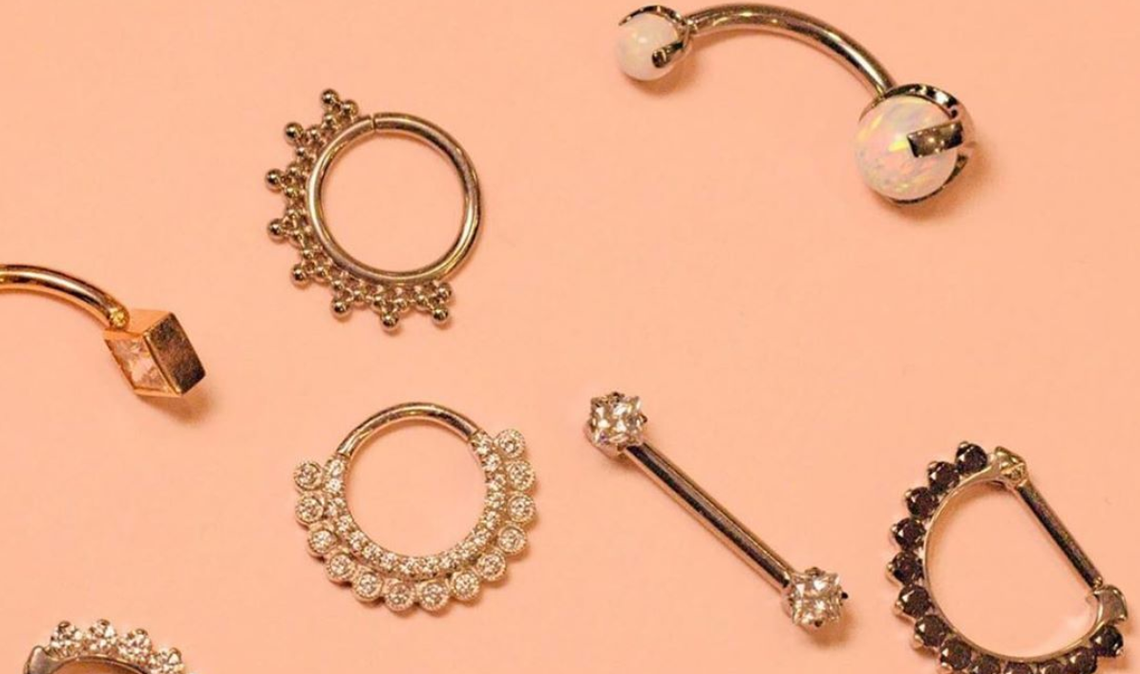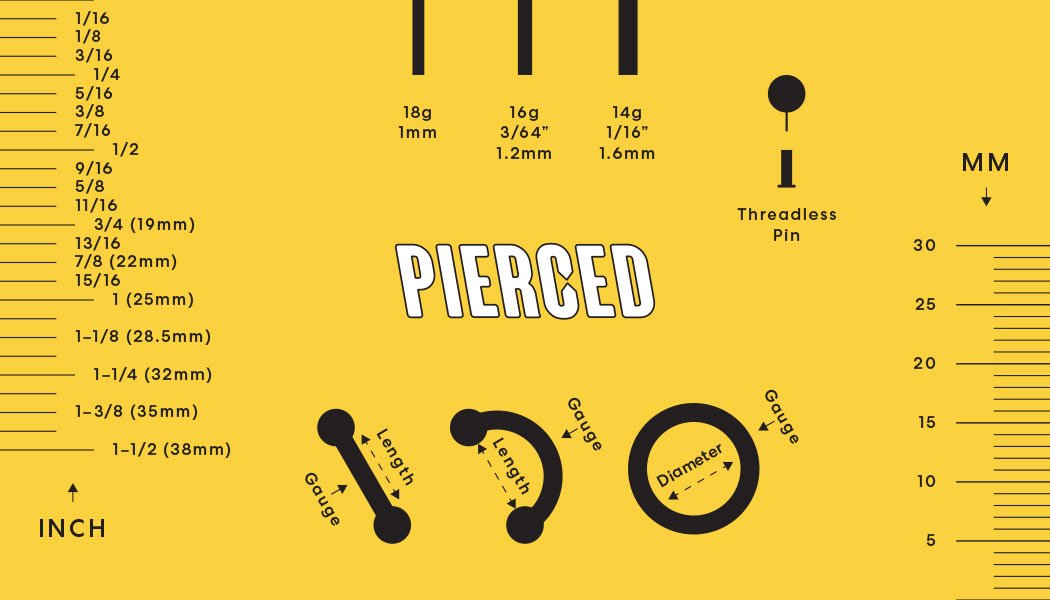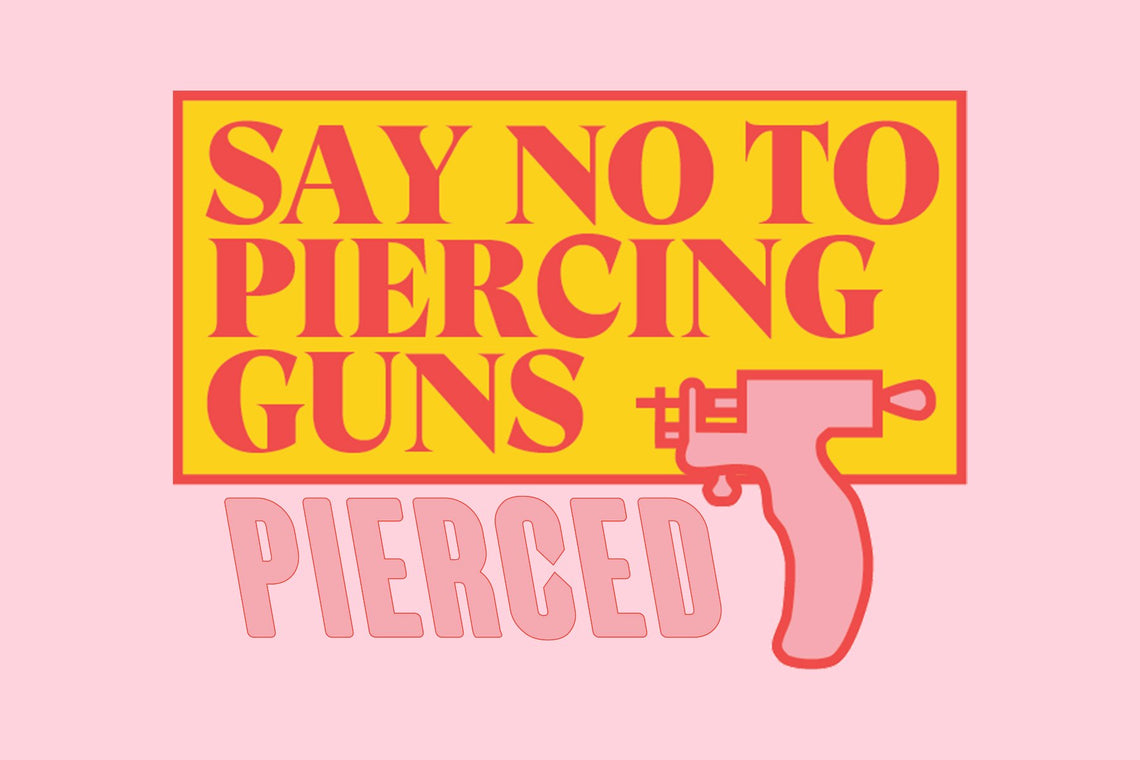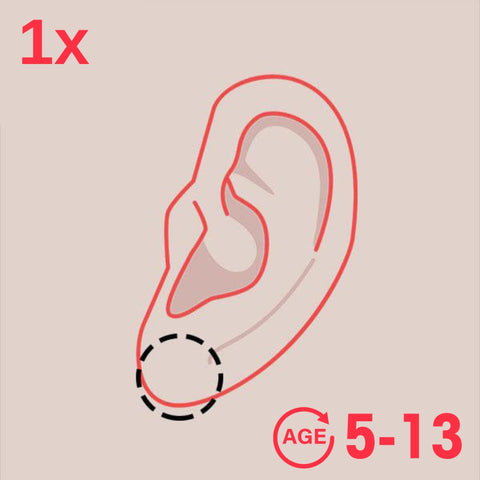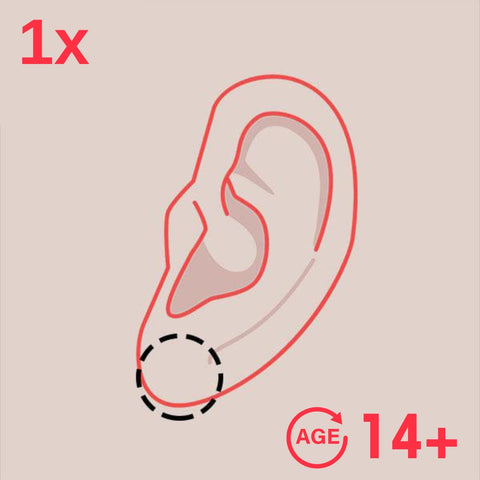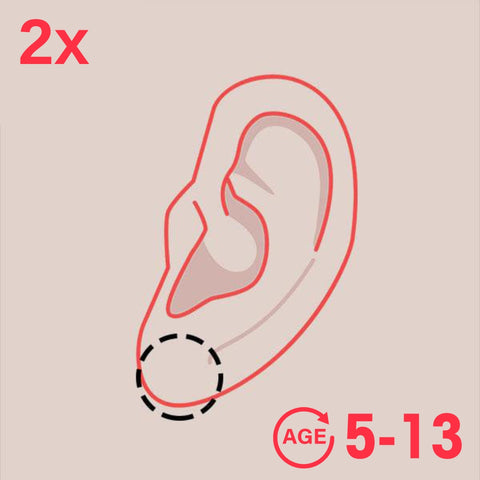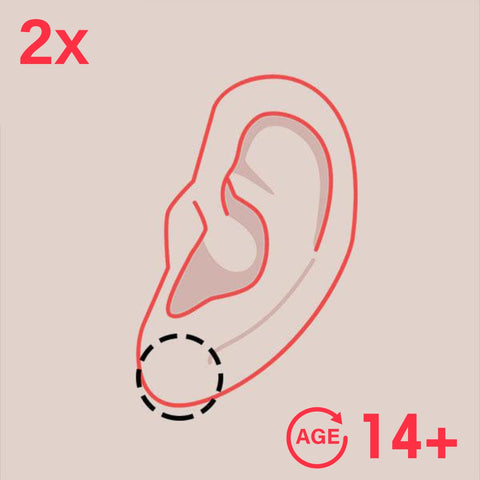Tongue piercings are both fun and fashionable, but they also require care and consideration. By preparing yourself ahead of time, you can take good care of your new piercing, which will help the healing process, making sure your piercing is something you can enjoy for years to come.
Below we’ve detailed some of the most important things you’ll want to acquaint yourself with regarding tough piercings before hopping in the parlour chair.
If you still have concerns, questions or are ready to take the next step, reach out to us via our website, by phone, or stop by one of our highly rated piercing parlours today.
The Basics of a Tongue Piercing
Because this piercing is inside of the mouth, there are unique challenges to address any differences in the healing process as compared to other piercings. You will never realize how much you use your tongue until you get it pierced.
Piercing can affect:
- Talking
- Chewing
- Swallowing
- Kissing
- And more…
The only way to pierce the tongue is with a needle, and different types of jewellery you can use, with pricing ranging from budget-friendly options to luxurious.

Types of Tongue Piercing
Because there are different types of tongue piercings, you need to know which type of piercing you want before you go in.
Types of tongue piercing include:
- Midline Tongue Piercing - This is the type of piercing that most people think about when considering a tongue piercing. This oral piercing happens in the centre of your tongue, in the midline.
- Side Tongue Piercing – This is also a midline tongue piercing, but it occurs off to one side. Some people choose a side that they do not chew a lot of food on.
- Snake Eyes Piercing – The snake eyes piercing places a barbell piercing at the end of the tongue. The barbell is inside the tongue, and the ends stick out to resemble snake eyes.
- Horizontal or Vertical Tongue Piercing – Another piercing that uses a barbell to link two studs, the direction can go either horizontally or vertically through your tongue in the middle. Many piercers refuse to do this piercing because of the health risks that may be encountered.
- Frenulum Linguae Piercing (Tongue Web Piercing)– The piece of tissue that connects your tongue to the lower part of your mouth is the frenulum. This piercing can heal quickly but also has a chance of migrating due to rejection, which will move the piercing. Not everyone’s frenulum is a good candidate for piercing.
Your piercing artist can recommend the best type of piercing and jewellery for your mouth structure. Do not hesitate to ask questions.

Tongue Piercing Procedure – what to expect
When you have decided on a piercing, most artists will follow these steps:
- Your piercing artist will have you use an antiseptic mouthwash first.
- Measurements may be taken to make sure the piece of jewellery will fit properly in your tongue.
- Clamps may be used to hold your tongue in place.
- You will feel a little pain as the needle goes through quickly, but the healing period is when you will feel the most discomfort.
It is important to be intimately familiar with caring for your piercing in the next few weeks. Otherwise, you may experience complications. Any good piercer will provide you with both written and verbal “aftercare” instructions and tips on helping your new piercing heal correctly.
Piercing Aftercare
You can also use an alcohol-free mouthwash and water to rinse after meals.
The general healing time for a tongue piercing is 4 to 6 months. It is essential to take proper care of your piercing during this time and watch for any sign of irritation. It is necessary to avoid biting the barbell at all times. Once your piercing has completely healed, you will be able to pick out a smaller piece of jewellery from the parlour if you want to.
Do:
- Brush normally
- Use mouthwash for 60 seconds
- Floss
- Practice good oral health
- Eat normally and rinse with water afterwards
Don’t:
- don’tuse the salt water rinse
- Touch your piercing
- Use mouthwash excessively
- Use hydrogen peroxide
- Use a tongue scraper
- Engage in French kissing or oral sex
When you make the decision to get a piercing, you are making the decision to care for it. After a few weeks, it will be fully healed, and you can resume life as normal.
Relief During Healing
If you need help with swelling or pain, use ice cubes and ibuprofen as needed.
Good foods to eat during this time are:
- Cold foods
- Soups
- Smoothies
- Soft meats
- Fish
- anything easily chewable with no spice
Foods to avoid include:
- Hot drinks (i.e. coffee)
- Acidic fruit (pineapple, etc)
- Beer, Wine, Any yeast based drinks
- Sticky or very chewy foods
- Spicy foods
Note that it is normal to experience some level of swelling, but this should not be excessive and you will want to both be aware of and keep an eye out for signs of irritation.
Risks of Tongue Piercing
Any time you piece or puncture the skin there is a risk of infection. This is even truer for those open wounds that occur in the mouth.
As such, it is particularly important that you watch out for any early signs of irritation.
The good news is that tongue piercings generally heal fairly quickly due to the tongue having a good blood supply. And following aftercare instructions significantly reduces the risk of infection.
That said, be sure to let your piercer know if you experience any of the following:
- Numbness or throbbing
- Excessive swelling to the point that blood flow feels cut off or jewellery is embedded
- Difficulty breathing
- Chills, nausea, vomiting, or fever (don’t assume you have the flu)
- Dark brown, yellow, or green pus that may have an odour
- Blisters, burning, or redness
- Speech impediments, tearing, or paralysis
- Throat swelling
Tongue Piercings and Oral Health
Although a properly placed piercing should not cause issues with speech or teeth, some ill fitting jewelry may rub against the teeth and gums. This can lead to gum recession, chipped teeth, speech impediments, and other issues.
It is important to find an experienced artist who knows where to place the piercing to avoid these issues. This also lowers the risk of a blood vessel being pierced.
Fashion and the Tongue
Tongue piercings are a fun way to express your sense of fashion. There are many ways to pierce the tongue, and barbells come in many decorative forms. By being aware of the potential health risks, you can ensure your new piercing is risk-free.
Closing Thoughts
Although there are infection risks, oral piercings heal quickly. As long as you properly care for your piercing and do not engage in risky behaviour, you should be fine.
When you are ready for your tongue piercing, make sure you go to a reputable parlour with expert piercers such as those at Pierced. Our talented piercing artists are both knowledgeable and eager to answer your questions. At our locations you’ll be taken care of by a team that cares and knows how to help you get the most out of your piercing, minimizing pain, helping you choose the right jewellery and more!
Follow your aftercare instructions carefully, and you will soon be enjoying your new look!
Piercing Studios Near You
Mississauga
Square One Shopping Centre
100 City Centre Drive, Mississauga,
ON L5B 2C9
Phone
+1 (905) 232 -7226
Need an Experienced Piercer in Mississauga?
Working with an experienced piercer can make all the difference when it comes to your piercing experience. If you’re in the Mississauga, Ontario area and have any questions about ear piercing, body piercing or jewelry, give us a call or stop by our piercings studio today. We’d love to help walk you through what to expect and help you choose the right option.



